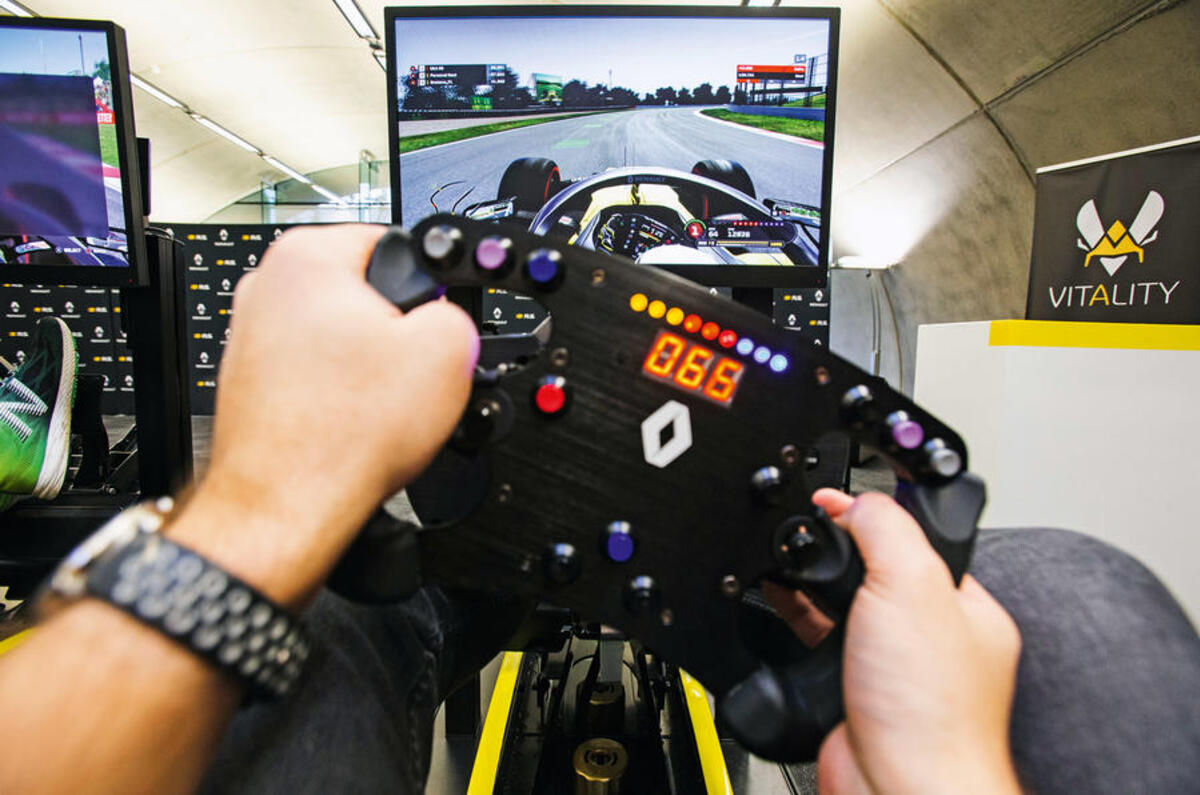The shutdown of motorsport is hardly the most serious consequence of the coronavirus outbreak – but it has denied people of a welcome dose of escapism and distraction at a time they need it most.
Vast swathes of my weekends are often spent watching all varieties of racing and rallying. Now, its absence has left a big void, particularly while we should all be following advice and staying at home.
But there is something to fill that void: virtual motorsport. Leading e-sports companies and major motorsport promoters have been rapidly organising online events, featuring a fascinating mix of ‘real-world’ racing drivers and e-sports stars. So can simulated racing replace the real thing?
To find out, I gave it a try last weekend. My viewing included the official Formula 1 Virtual Grand Prix, shown live on Sky Sports F1 in the UK and, like the regular F1 e-sports championship, using the Codemasters F1 2019 game. I also watched action from the eNASCAR iRacing Pro Invitational Series event (shown on TV channel Fox Sports 1 in the US), and Veloce Esports The Race All-Star E-Sports Battle (streamed live on YouTube).
The first takeaway is that watching professional e-sports racing isn’t like watching your friends play console games. The graphics are amazingly realistic, and the production values high. At times you could easily mistake it for the real thing. Better yet, there were no annoying cutaways to random celebrities standing in the pits.
It helped that all three events featured real-world commentators. Notably, BBC Radio Five Live F1 commentator Jack Phillips called both the Veloce Esports event – aided admirably by ex-F1 racer Jolyon Palmer – and the official F1 event.
Meanwhile, the eNASCAR race was covered by Fox's Mike Joy and four-time champion Jeff Gordon. It all added hugely to the authenticity, and all did a great job explaining the similarities and differences between real and virtual racing. (Special bonus marks went to the eNASCAR broadcast, which featured all the regular pre-race ceremony, including someone singing the US national anthem in their garage...)









Join the debate
Add your comment
Virtual
Virtual, doing everything through a computer, I'm doing it now writing this, this is the medium of choice now, virtually nobody arrange to meet, talk face to face, breathing the same air, doing, playing stuff any stuff online in a way is antisocial I think or encourages you to be that way, whether virtual racing is so realistic, so close to the real thing that you wouldn't miss the real thing makes me wonder, what else would we do virtually?
Not for me.
Your driving a game, and even suppose you've got all the gear, the seat steering wheel and the pedals too, it's not 360 degree, now, with a 3D head unit, it might be closer.
I agree
Sim driving is very realistic, they are programmed to such a standard that they are able to portray the same feeling
Simulators can also be used by everyone, but a actual F1 car in one of the teams can only be accessed by 20 people
be thankful for what we can do
to enter into F1 u need to start in go-kart racing at about 2 years old and progress but for a sim racing you are able to can get it at 40 and be an immediate hero